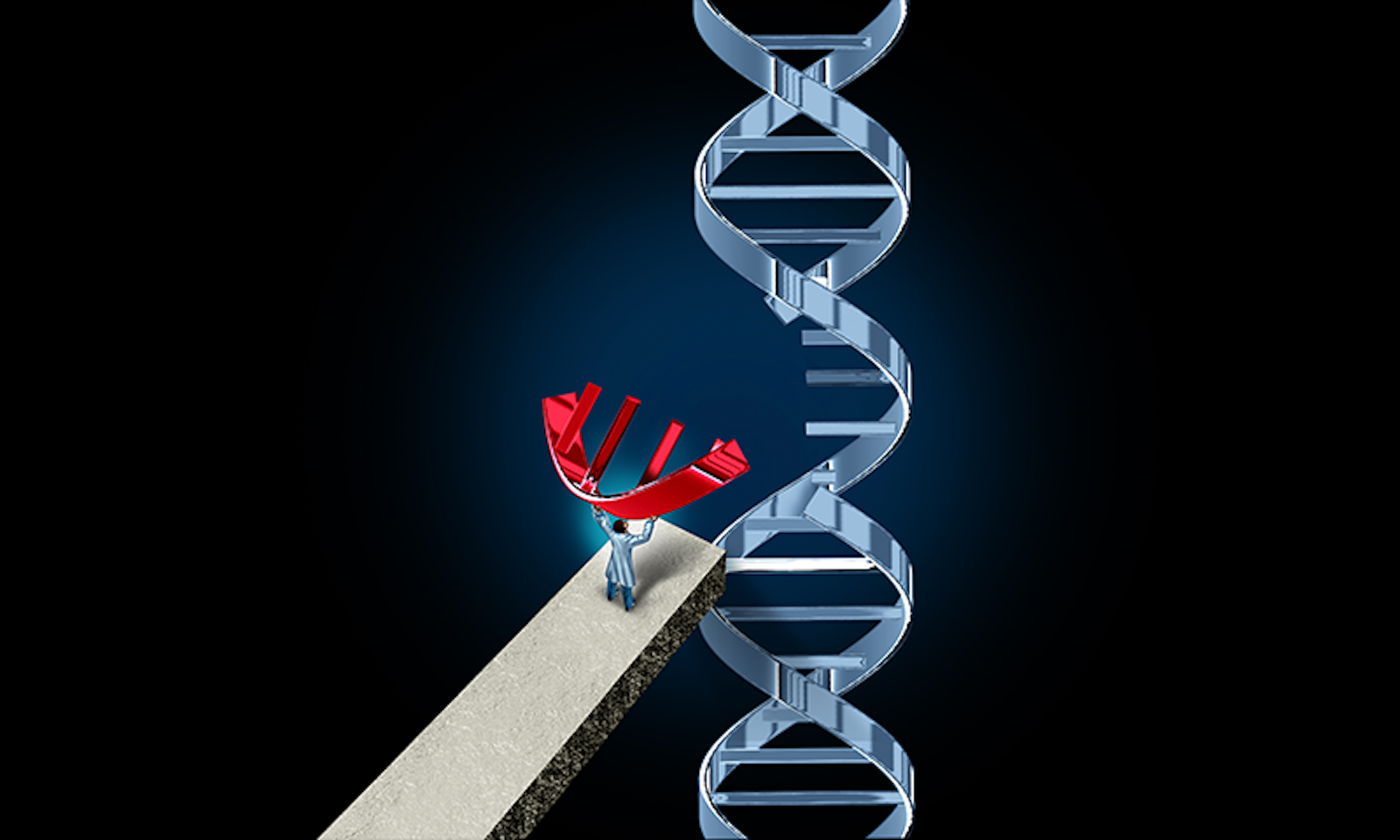One question for Brad Ringeisen, a chemist and executive director of the Innovative Genomics Institute. Founded by Nobel Prize-winning biochemist Jennifer Doudna, it aims to bridge revolutionary gene-editing tool development to affordable and accessible solutions in human health and climate.

Will CRISPR cure cancer?
We’re always thinking about: What are those targets in the future? Cancer is one of those things. The biggest impact is going to be what’s called systemic delivery, or in vivo delivery. There’s been one example of this in the community right now—to treat a liver disease. Intellia Therapeutics, a biotech company, has shown that you can actually intravenously apply CRISPR-Cas9 treatment. (CRISPR is the guide RNA, the targeting molecule, and Cas9 is the cutting molecule that edits DNA.) It can go to the liver and target the liver cells, and make edits at a high enough efficacy to treat genetic liver disease. The problem is that the liver is the easiest. It’s like the garbage can of the body. Pretty much anything that you put into the body is ultimately going to find its way to the liver. So that’s absolutely the easiest tissue to deliver to. But trying to deliver to a solid tumor, or to the brain, is much more difficult.
We’re working on two separate approaches. The easiest one is an antibody. Antibodies can bind to something that’s only found on a specific cell type. And so that antibody could bind, and it could add some level of specificity. Jennifer Doudna’’s group is working on another one, mimicking how viruses attack cells. She’s making something called envelope delivery vehicles. That takes certain parts of a virus’ targeting system to help specifically target a certain cell type, or a specific tissue type. The problem with using full fledged viruses to deliver CRISPR is that they usually stay in the body forever. Your body recognizes that virus. So if you need to go back for a second treatment, it has to use a different type of virus. And that activity of the virus may persist over a long period of time, which is not great for potentially adverse effects. The nice thing about our approach is that these things are transient. They go in, find where they’re supposed to be, do their edit, and then they go away.
With cancer, you see several different levels here. Right now people are using immune cells, like T cells, and they’re fighting mostly cancers that are found in the blood, because they’re easier. You can edit a blood cell, and put that blood cell back, and it’s already in the blood cells. That’s happening today in clinical trials. In the future, we’ll start trying to go beyond blood cancers to solid tumors. How do you use CRISPR to get into those solid tumors? That is something that is not at all a solved problem right now. The T cells can’t really break into the solid tumors and affect the entire tumor.
We are working now with Alex Marson at University of California, San Francisco, to deliver intravenously to target T cells. You put that treatment into someone’s arm, those molecules find the T cells are able to edit the T cells, and those T cells go and find the cancer cells and treat them. Can we do that right now? No. But that is the strategy. We want to try to minimize the procedure, the number of steps and treatments—make it so we could do this in an outpatient way if possible. The dream would be to do an infusion, and then maybe monitor the patient for a day or two. That has the highest probability of success, because that would be ultimately one dose. You don’t have to take cells out of the body, treat them, then isolate the cells that have been edited, grow those cells up again to high enough numbers, and put them back into the body. That is a multi-step process and might involve weeks in the hospital for a patient.
We are still at the tip of the iceberg of being able to use this technology. It looks like it’s working. The potential is so great. ![]()
Lead image: Lightspring / Shutterstock
































